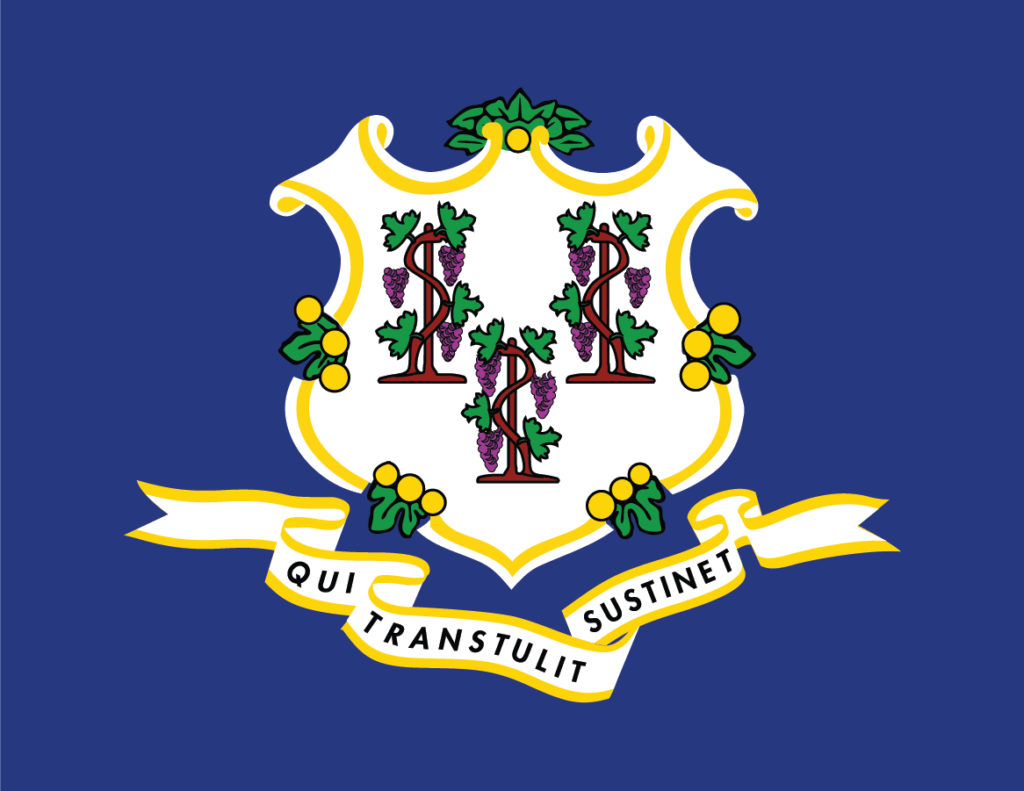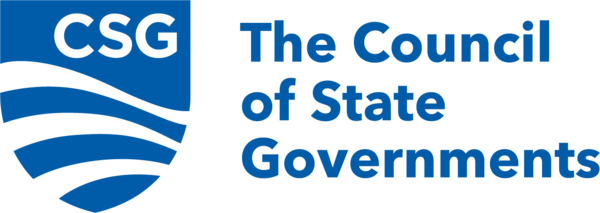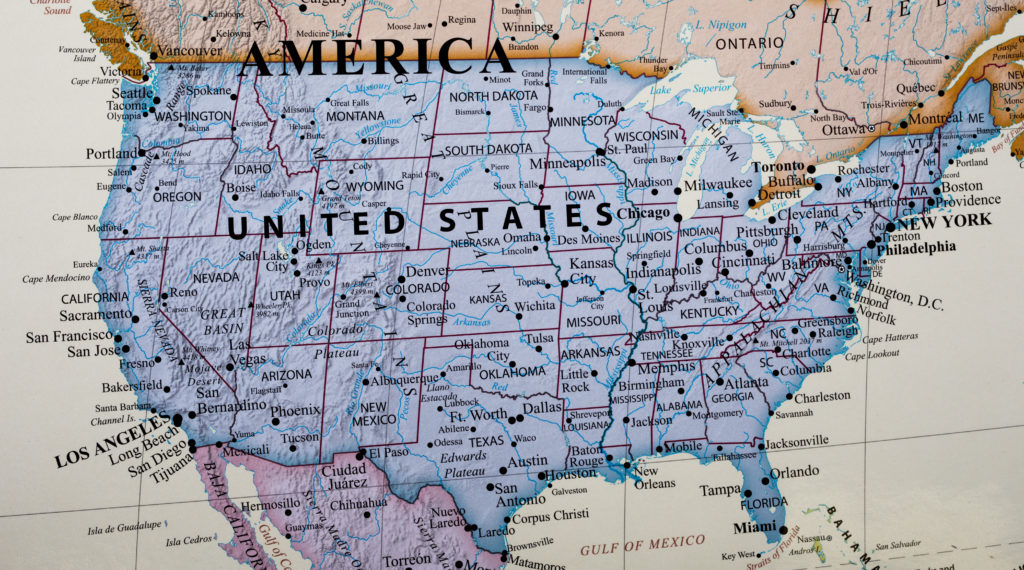Apprenticeships: Immigrants with Work Authorization

Immigrants comprise approximately one in six workers in the United States. Many states, including California and Missouri, provide avenues for immigrants to earn occupational licenses. These avenues allow states to fill labor shortages in certain occupations and keep skilled in-state workers. However, many immigrants still face barriers to licensure that may prevent them from entering the workforce. Some immigrants may face a barrier understanding unfamiliar technical language in the licensing process. Immigrants also are more likely to face financial barriers that make it more difficult to complete the licensing process, which usually involves several fees.
Read More »Apprenticeships: Immigrants with Work Authorization




